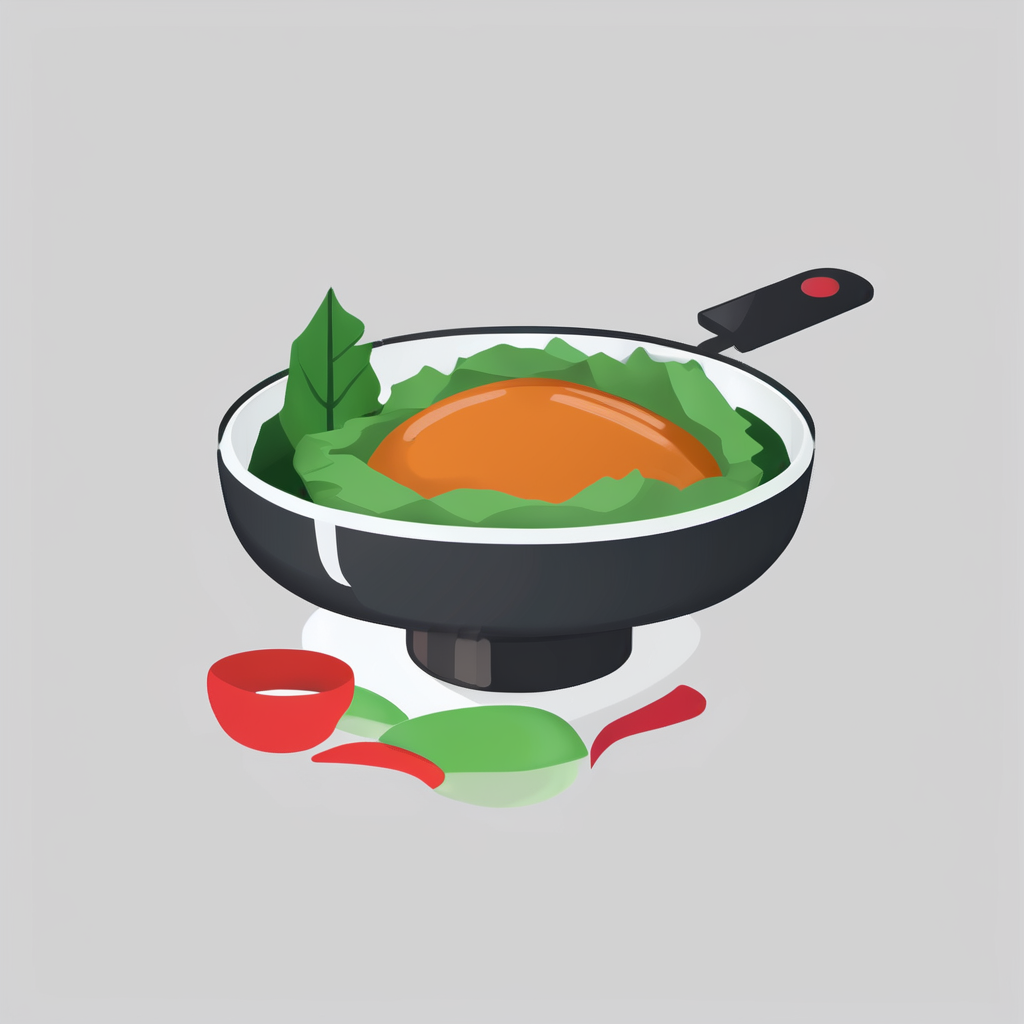Essential British Culinary Tools and Their Roles
British kitchen tools have long been fundamental in shaping traditional British cooking. Some essential culinary tools include the pudding bowl, fish slice, and dough scraper. Each has a distinct role that reflects both history and practicality in British homes.
The pudding bowl, typically ceramic or metal, is designed specifically for steaming classic dishes like Christmas pudding. Its thick walls ensure even heat, crucial for the perfect texture and flavor. Unlike generic bowls, pudding bowls have vapor-tight lids, preserving moisture during long cooking times.
Have you seen this : How can UK kitchen appliances streamline your morning routine?
A fish slice is another iconic British kitchen tool. Unlike ordinary spatulas, it features a wide, flat, and slotted surface. This design allows cooks to lift and turn delicate fried fish or other items with precision, draining excess oil simultaneously. Its origin traces back centuries, highlighting its deep-rooted role in British seafood cuisine.
The dough scraper, often made of metal or rigid plastic, assists in managing bread and pastry dough. It is invaluable for dividing, shaping, and cleaning work surfaces, tasks that are critical in traditional British baking.
In the same genre : Why Are UK Kitchen Products Eco-Friendly?
Together, these tools not only embody British culinary heritage but also offer practical features tailored to the recipes that originated in the UK, making them distinct from other kitchen equipment worldwide.
How British Tools Improve Technique and Results
British kitchen tools are designed not just for function but also to enhance culinary skill development. For example, a pudding bowl’s thick walls and vapor-tight lid help maintain moisture and even cooking, which is crucial when mastering steamed desserts like Christmas pudding. This precision ensures consistent texture and flavor, helping cooks improve their techniques with reliable results every time.
Using a fish slice elevates the handling of delicate fried foods. Its slotted, wide surface allows turning fish without breaking it, which can otherwise ruin the dish’s appearance and taste. This tool supports consistent cooking by enabling gentle manipulation, which is key when perfecting skills in British seafood recipes.
The dough scraper assists in managing dough with accuracy, making tasks like dividing and shaping more efficient and cleaner. This tool improves technique by enabling controlled movements and reducing mess, which is important for skill-building in traditional British baking.
Incorporating these essential culinary tools into daily routines offers clear British cooking benefits by fostering accuracy and consistency. For modern cooks, practicing with these tools can significantly refine skills, resulting in more authentic and polished dishes.
Practical Applications and Real-World Cooking Tips
Incorporating British kitchen tools into daily cooking can streamline preparation and boost confidence in the kitchen. To use a pudding bowl effectively, first grease it lightly to prevent sticking. Fill it with your batter or mixture, cover it tightly with its vapor-sealed lid, and steam gently to lock in moisture. This method suits recipes like Christmas pudding or suet puddings, ensuring even cooking throughout.
For frying delicate items like fish, the fish slice becomes indispensable. Slide it carefully under the food with a gentle angle to lift without breaking. Its slotted design drains excess oil, which improves the dish’s texture and prevents sogginess. Regular practice will help you master this finesse, especially in traditional British fried fish dishes.
When handling dough, the dough scraper is perfect for dividing portions neatly and cleaning flour away from worktops swiftly. It’s especially helpful for sticky or soft dough used in British baking, such as scones or bread rolls.
Maintenance tips for these traditional British cooking equipment include washing by hand to preserve materials, drying thoroughly, and avoiding abrasive cleaners. Proper care prolongs tool life and ensures consistent results, making these essential culinary tools valuable allies in everyday cooking.
Embracing British Cooking Traditions for Skill Growth
British cooking traditions offer a rich foundation for skill-building practices that extend beyond mere recipe execution. By adopting these time-honoured techniques, cooks engage deeply with the culinary heritage that shaped classic British dishes. This connection encourages a nuanced understanding of ingredient handling, timing, and tool use that modern shortcuts often overlook.
Community plays a vital role, as sharing traditional methods and recipes fosters a sense of belonging and cultural continuity. Whether preparing a suet pudding or fish and chips, these activities unite cooks in appreciation of history and craftsmanship. Such immersion naturally improves cooking proficiency through repetitive, mindful practice.
For those eager to showcase their developing skills, certain British dishes offer ideal platforms. Steamed puddings require mastering moisture control, while perfecting fried fish emphasizes delicate handling—both demanding patience and precision. Engaging with these recipes strengthens technique and builds confidence.
Embracing British cooking traditions not only preserves culinary heritage but also systematically enhances one’s expertise, turning cooking into a rewarding journey enriched by culture and community. This approach ensures both personal growth and the continuation of treasured British gastronomy.
